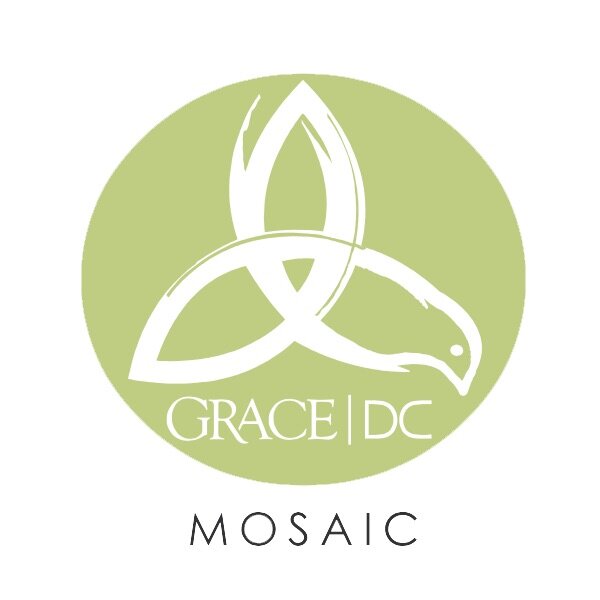
Our Place
Our congregation was born out of a rich theology of place- a conviction that love for our God, our neighbor, and our neighborhood is essential to life in Christ and the work of the Kingdom.
The following history of our place was written by historian and Grace Mosaic member, Dr. Robert Henderson.
The neighborhoods of Northeast DC that Grace Mosaic calls home have long been defined to a large degree by their relationship to the capital city’s downtown. It was Bunker Hill Road (now Michigan Avenue) that British troops marched over on their way to torch the White House during the War of 1812. And during the Civil War, the area was the site of several of the Forts ringing the city, including Fort Totten, Fort Saratoga, Fort Thayer, Fort Bunker Hill, and Fort Lincoln. In the late 19th century, the area developed as a suburb, linked to downtown by two streetcar lines and the Baltimore and Ohio Railroad.
The connection to downtown is as strong as ever – the electric streetcar lines replaced by the Red and Green Metro lines – but Brookland, Langdon, Woodridge, Brentwood, North Michigan Park, and the other neighborhoods of Northeast have maintained identities of their own, even as the density of downtown Washington has enveloped these former suburbs. This includes a history of cultural diversity, with many different ethnic groups drawn by the strong Catholic presence in the area (Brookland has long been called “little Rome”), dating back to the 1880s when the Catholic church purchased land for what would become Catholic University. In the early years of residential development, around the turn of the century, the area was mostly white, but in the 1930s it was one of the few areas where African Americans could buy homes. Sterling Brown, Ralph Bunche, and Lucy Diggs Slowe, all with connections to Howard University, were among the African American luminaries who took up residence in the area. From the 1940s to the 1960s the proportions of the ethnic mix changed from being mostly white with a few African Americans to mostly African American with a few whites. Though still majority African American, the area remains an ethnic mosaic, with increasing numbers of white and Hispanic residents in recent years.
Many of the neighborhoods of Northeast DC have reputations for strong civic activism and local pride. In the late 1960s residents of Brookland successfully blocked the construction of a freeway that would have linked Silver Spring to downtown DC, and in the 1980s residents in North Michigan Park forced the Green Line underground instead of overhead. Perhaps contributing to the strong sense of pride, the neighborhoods of Northeast have a long legacy of homeownership. The headline of a 1903 Washington Times article about Brookland read “A Suburb Where People Own the Homes They Occupy,” and today homeownership rates in the area remain higher than the city average. The neighborhoods are also home to many institutions including Catholic and Trinity Universities, the Howard University School of Divinity, Providence Hospital, and Boys Town of Washington, DC, among others.
The above merely skims the surface of a rich history that lives more than anywhere else in the memories and stories of the area’s longtime residents. We at Grace Mosaic want to hear those stories as we get to know this place and the people who have made it what it is.
